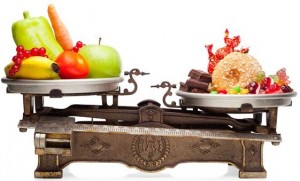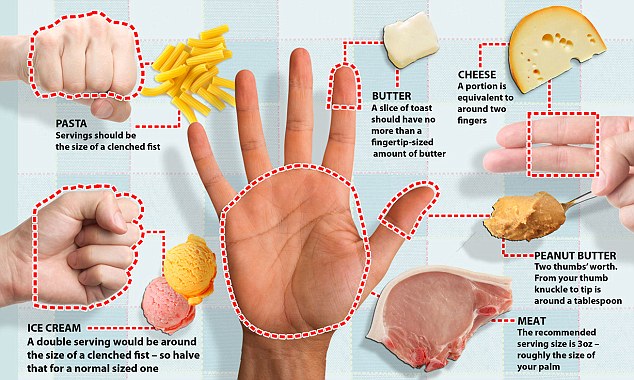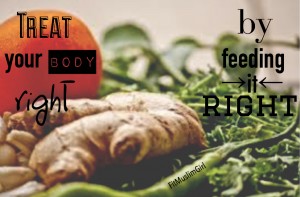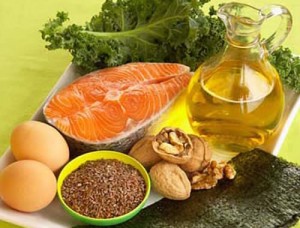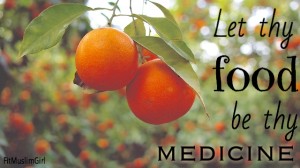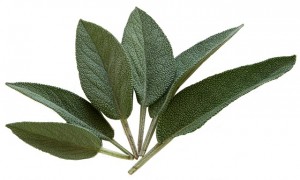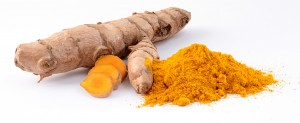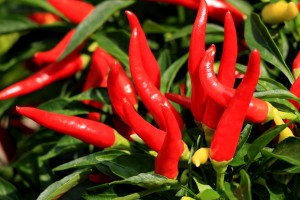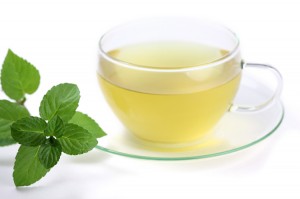OK, here is the last post of this series. Many people who decide they want to eat healthier don’t realize that it’s not just about what you eat, but about how you eat.
The biggest factor in weight gain is calories. Eating more calories than your body is burning in a given day will result in excess weight, whether those calories come from healthy foods or not-so-healthy foods.
Granted, this does not mean I promote eating McDonald’s everyday! Healthy food provides us with the nutrients we need, promotes higher energy levels and aides in bodily processes. Thus, the majority of our diet should come from wholesome foods where about 10-20% of our diet should come from the foods we really enjoy.
Still, we must remember the importance of portion sizes regardless of what we are eating. Here are some quick tips to help you to control your portions.
Drink before you eat
Drinking a lot of water throughout the day, particularly right before mealtime, can help you feel full faster. It’s also a good idea to sip on water in between chewing. This can not only help to fill you up, but will aid in slower eating.
Fuel up every 3-4 hours
Don’t hold on to the old mindset of only 3 meals a day. If that really does work for you then there is nothing wrong with it. But, in general, people have long days and three meals simply isn’t enough. Snacking in between meals prevents you from extreme hunger which often leads to overeating. If you are going to be out all day, make sure to pack a piece of fruit or a protein bar in your bag.
Eat smart
Eat high volume meals that contain the right nutrients. Let’s compare vegetables with crackers as an example. Vegetables have a very high water content, which allows you to eat a lot with very few calories. Crackers, on the other hand, have low water content so a small amount has more calories. Thus eating a lot of vegetables are a great way to add volume to your meals because you can eat a lot and feel full for a lot less calories.
Along with high-volume you also want to ensure you are eating the right types of foods. Eating foods that are high in protein and fiber will fill you up until your next meal. Be sure to include protein with each meal, and eat a lot of fiber-rich foods throughout the day like vegetables and whole grains.
Smaller plates
If you are feeling very hungry and decide to eat a bowl of cereal, you are likely to fill that bowl all the way up. Use smaller plates and bowls when portioning out your food to avoid overdoing it.
Know your portion sizes
I always like to tell people to spend one or two weeks measuring out food portions to get an idea of what they look like. From there, you will be able to eyeball it. You can also use your hands to measure the size of food. Here is a general set of food portions:
- Meat – 3 oz or the size of the palm of your hand
- Carbohydrates (pasta, beans, rice, etc.) – ½ cup or the size of a clenched fist
- Fats (oil, nut butters, nuts) – 1 tablespoon or the size of two thumbs
- Vegetabels – 1 cup or the size of two clenched fists
This is a general list so always check labels for portion sizes.
Keep the right mindset
Always ask yourself if you are actually hungry or if you are just thirsty or bored. Eat when you are hungry and find other ways to entertain yourself when you are bored. Also, keep the thought that you can always have seconds. Even though it’s important to follow correct serving sizes, it’s also important that you are not still hungry after eating. Having the idea in your mind that you can have seconds will make it easier not to overfill your plate. Many times we think we can eat more than we actually need so you may surprisingly find that one plate is enough.
I hope these tips were helpful. I really enjoyed writing this series. Many times people tend to hit the New Year hard and then lose momentum as they go.
The key is to remember that healthy living is a lifestyle and you will grow and learn with time. Take small steps and don’t think that you have to do everything in January. You have a whole lifetime ahead of you and everyday is a chance to be better than the day before. No single day will be perfect and that is OK. Keep striving and you will get there, inshallah.
Thank you all for reading. Please feel free to comment below with any questions or ideas for articles you would like to see. I’d love to bring you valuable content that can help you learn how to live a healthy life; mind, body and soul.


